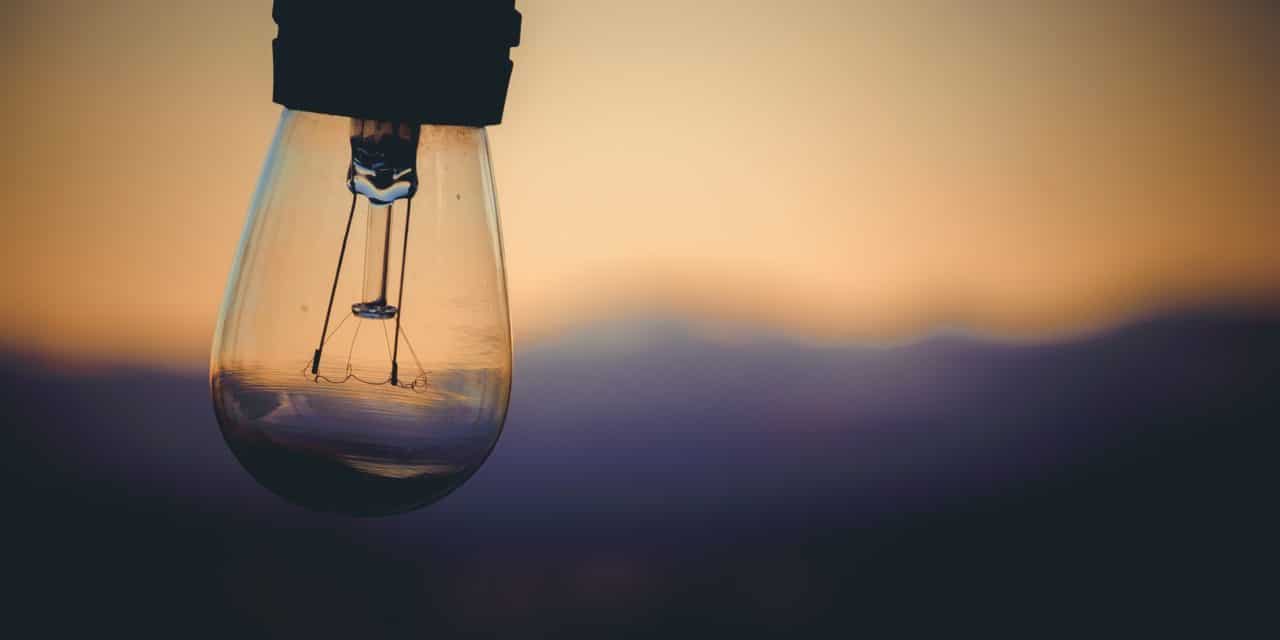[ad_1]
Philip Julius Handel first established the Handel Company in Meriden, Connecticut in 1876. They specialized in high quality reverse painted lamp shades and were generally considered a less expensive alternative to the Tiffany lamp popularized by Louis Comfort Tiffany. They also made leaded glass shades similar to Tiffany as well as vases, humidor boxes and other decorative objects. The most popular lamps of the Art Nouveau 1890-1920 and the Art Deco period 1920-1939 were Tiffany, Handel, Pairpoint and Duffner & Kimberly.
Philip Handel (age 19) and Adolph Eydam (age 21) formed a partnership in 1885 and created the “Eydam and Handel Company” in Meriden, Connecticut specializing in glass decorating and lamp manufacturing. They used lamp bases from other suppliers not their own lamp bases. In 1892 the partnership ended and the company later moved to larger facilities in New York city in 1893 and was known as “Philip J. Handel” and later as “Handel and Company”. In 1902 they opened their own foundry and began producing their own lamp bases. The Handel Company was incorporated on June 11, 1903 and Philip J. Handel, Albert Parlow, and Antone Teich were the principals. In 1906, Philip J. Handel married Fannie Hirschfield Handel his second wife. She became the company's president upon Philip Handel's death in 1914. In 1918 she remarried and in 1919 William F. Handel, Philip's cousin took control of the company.
Following World War I was a period of tremendous growth. The economy was roaring and the company had assembled a very impressive and talented group of artists and craftsmen. However, the Great Depression drastically changed the company's fortunes and by 1929 the company was struggling. The company ceased production completely in 1936. The Handel Lamp Company was the very finest maker of reverse-painted lamps. Handel also made some leaded glass lamps. The company is a prime example of fine American quality craftsmanship.
Handel bases were most commonly made of a zinc alloy, spelter with a bronze patina or finish. Some were made of genuine bronze. The marking was commonly the company name on the bottom of the base. The markings consisted of raised letters and/or a label. Sometimes the marking would be underneath the base or sometimes on top of the base. Lamp shades were marked on metal components and/or on the glass itself. Some of the glass pieces are signed by the artists.
Many of the medium to larger Handel lamp bases were wired with multiple sockets which were operated by pull chains that had small and various shaped pull balls on the ends of the chain.
It has long been a common practice to match slag glass lamp shades, Tiffany type shades and others to various lamp bases that were not the original. Another common practice has been to place an unsigned shade on a signed Handel lamp base and pass the entire lamp off as a “Handel”. Many if not most lamps and shades are referred to as Handel lamps simply because the style is similar to that of an original Handel lamp. Experts today suggest that about 90% of all lamps called Handel were not actually made by Handel. There are many lamps that are signed but that are not authentic. Identification of Handel leaded lamps is a subjective process that few people are qualified to do.
Given the company's history it may be difficult to prove the negative: i.e. that a particular lamp is NOT a Handel. But as usual, money speaks and you will find that a Handel lamp and shade with correct markings, attributes and documentation commands a very premium price as compared to any lamp that is “attributed to Handel”.
For instance, some of Handel's small and simple desk and simple piano lamps have recently sold for around $500. Generally the more complex ones sell for over $2,000. There are some rare ones that have sold for over $80,000.
Some Handel glass artists are highly regarded and their works bring a premium price. Their signatures can be seen on some Handel lamp shades. Among these Handel artists are Bailey, Bedigie, Broggi, Gubisch, Matzow, Palme, and Parlow and Runge.


